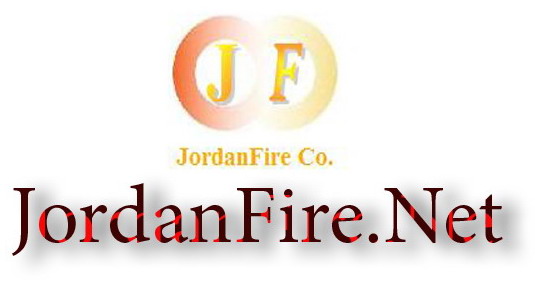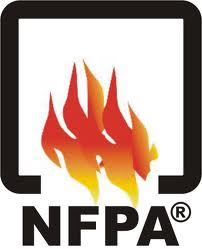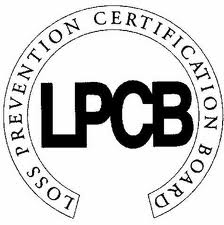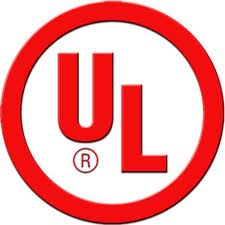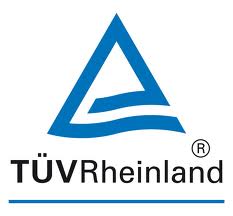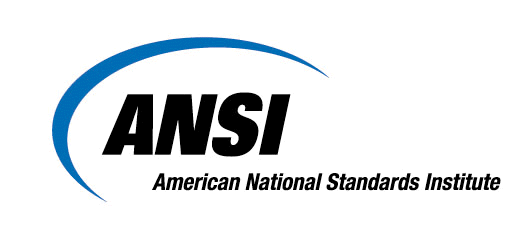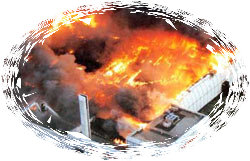
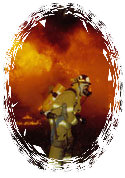


Fire Prevention
Fire Prevention is a component of Building Safety . It concerns safety measures to prevent the effects of fires and is the result of proper use of fire protection measures.
Some elements include:
- Having built a facility in accordance with the version of the local building code that was in effect at the time a building permit was applied for.
-
Maintaining a facility and conducting oneself in accordance with the provisions of the fire code, from the moment that the building was occupied. This is based on thorough knowledge of the code by the owner and ensuring that the occupants and operators of the building are fully aware of the currently applicable regulations, including supplementary documents that may be applicable, which are referenced in the fire code, such as, as an example, NFPA13 or NFPA96. Examples of such lawful conduct include, but are not limited to, the following:
- Not exceeding the maximum occupancy listing for any part of the building (Making sure that an area isn't so full of people that they can't all get out quickly in an emergency).
- Maintaining proper fire exits and proper signage of them (e.g., exit signs pointing to them that can function in a power failure)
- Placing and maintaining fire extinguishers and fire alarms in easily accessible places.
- Properly storing/using, and/or banning of flammable materials that may be needed inside the building for storage or operational requirements (such as solvents in spray booths).
- Routinely inspecting public buildings for violations, issuing Orders To Comply and, potentially, prosecuting or closing buildings that are not in compliance, until the violations are corrected or condemning it in extreme cases.
- Installing and maintaining fire alarm control panels for quick detection and warning of fire.
- Obtaining and maintaining a complete inventory of firestops .
- Ensuring that all spray fireproofing remains undamaged.
- Maintaining a high level of training and awareness of occupants and users of the building to avoid obvious mistakes, such as the propping open of fire doors .
- Conduct Fire drills at regular intervals throughout the year
The Fire code (also Fire prevention code or Fire safety code ) is a model code adopted on a regional basis and enforced by fire prevention officers within municipal fire departments. It is a lawful set of rules prescribing minimum requirements to prevent fire and explosion hazards arising from storage, handling, or use of dangerous materials, or from other specific hazardous conditions. The fire code complements the building code . In the event of changes to fire safety provisions within a building, or a change of occupancy , the fire code typically references the building code, which can result in a requirement upon the owner to apply for a building permit to ensure proper review and lawful execution of contemplated changes that can have an effect upon fire safety and/or structural integrity. The building code includes construction requirements to minimise fire spread, enable suppression and detection and to provide for safe and rapid evacuation in the event of a fire. Although both codes address similar issues, the fire code is aimed primarily at preventing fires in the first place, including outside of buildings, and that necessary training and equipment will be on hand and the design basis of the building, which includes a basic plan set out by the architect is not compromised. The fire code also addresses inspection and maintenance requirements of various fire protection equipment in order to maintain optimal active fire protection and passive fire protection measures, with the aim of preserving stringent bounding .
A typical fire prevention code includes administrative sections about the rule-making and enforcement process, and other substantive sections dealing with fire suppression equipment, particular hazards such as containers and transportation for combustible materials, and specific rules for hazardous occupancies, industrial processes, and exhibitions.
Each section may lay out the requirements for obtaining permits, and specific precautions required to remain in compliance with a permit. For example, a fireworks exhibition may require an application to be filed by a regionally licensed pyrotechnician, providing the information necessary for the issuing authority to determine whether the safety requirements can be met. Furthermore, once a permit is issued, the same authority (or another delegated authority) may inspect the site and monitor the safety during the exhibition, with the power to halt unapproved operations, or where unforeseen hazards arise.
Here is a list of some typical fire and explosion issues to be dealt with in a fire prevention code:
-
fireworks , explosives , mortars and cannons, model rockets (licenses for manufacture, storage, transportation, sale, use)
-
certification for servicing, placement, and inspecing fire extinguishing equipment
-
general storage and handling of flammable liquids, solids, gases (tanks, personnel training, markings, equipment)
-
limitations on locations and quantities of flammables (e.g., 10 litres of gasoline inside a residential dwelling)
-
specific uses and specific flammables (e.g., dry cleaning, gasoline distribution, explosive dusts, pesticides, space heaters, plastics manufacturing)
-
permits and limitations in various building occupancies (assembly hall, hospital, school, theatre, elderly care, prisons, warehouses, etc)
-
locations that require a smoke detector , sprinkler system , fire extinguisher , or other specific equipment or procedures
-
removal of interior and exterior obstructions to emergency exits or firefighters and removal of hazardous materials
-
permits and limitations in special outdoor applications (tents, asphalt kettles, bonfires, etc)
-
other hazards (flammable decorations, welding, smoking, bulk matches, tire yards)
- Electrical safety code
- Fuel gas fitting code
JordanFire.Net
